|
|
|
|
|
|
|
|
Photo Gallery for Pantherophis guttatus - Red Cornsnake
| 30 photos are shown. |
 | Recorded by: Stephanie Braddy
Beaufort Co.
Comment: |  | Recorded by: Jackie Goodman
Carteret Co.
Comment: |
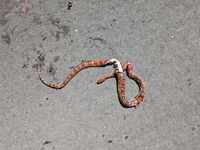 | Recorded by: Erich Hofmann and Kayla Weinfurther
Brunswick Co.
Comment: |  | Recorded by: michael wilson
Harnett Co.
Comment: |
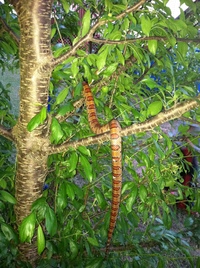 | Recorded by: michael wilson
Harnett Co.
Comment: |  | Recorded by: Robert Russo
Burke Co.
Comment: |
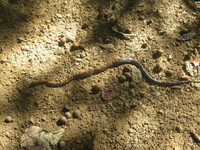 | Recorded by: Robert Russo
Burke Co.
Comment: |  | Recorded by: Robert Russo
Burke Co.
Comment: |
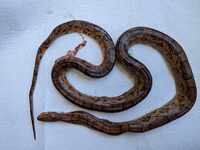 | Recorded by: Erich Hofmann and Kayla Weinfurther
Columbus Co.
Comment: |  | Recorded by: Mark Shields
Richmond Co.
Comment: |
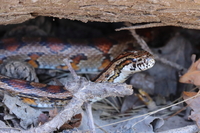 | Recorded by: Travis McLain
Stanly Co.
Comment: | 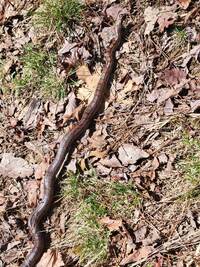 | Recorded by: Travis McLain
Stanly Co.
Comment: |
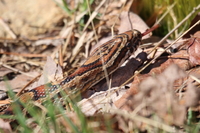 | Recorded by: Travis McLain
Stanly Co.
Comment: | 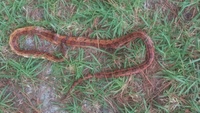 | Recorded by: Erich Hofmann and Kayla Weinfurther
New Hanover Co.
Comment: |
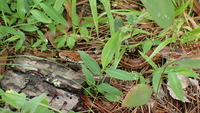 | Recorded by: Erich Hofmann
Craven Co.
Comment: |  | Recorded by: Erich Hofmann and Kayla Weinfurther
Craven Co.
Comment: |
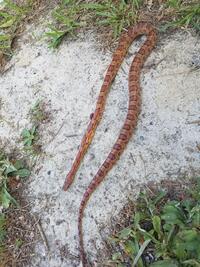 | Recorded by: W. Morris
Wayne Co.
Comment: |  | Recorded by: Jim Petranka and Becky Elkin
Madison Co.
Comment: |
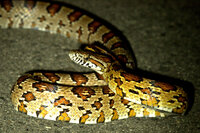 | Recorded by: J. A. Anderson
Surry Co.
Comment: | 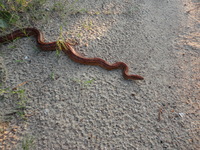 | Recorded by: P. Terry
Carteret Co.
Comment: |
 | Recorded by: NEW, T. Heffner
Moore Co.
Comment: |  | Recorded by: Eddie Brosseau
Wayne Co.
Comment: |
 | Recorded by: K. Bischof
Beaufort Co.
Comment: | 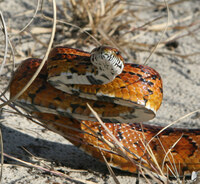 | Recorded by: K. Bleck and S. Bland
Onslow Co.
Comment: |
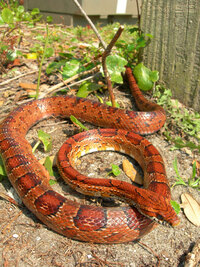 | Recorded by: Newman, Randy
Carteret Co.
Comment: |  | Recorded by: Zach Barfield, Chris Helms
Columbus Co.
Comment: |
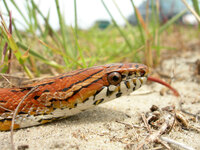 | Recorded by: Newman, Randy
Carteret Co.
Comment: | 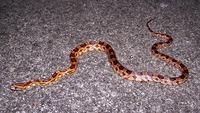 | Recorded by: C. Dykstra
Beaufort Co.
Comment: |
 | Recorded by: J. Shimel
New Hanover Co.
Comment: | 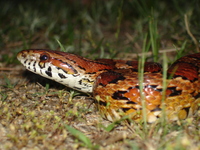 | Recorded by: Paul Hart, Mary Stevens, Patrick Hart, Steven Hart
Harnett Co.
Comment: |
|

 »
» 


 »
» 
